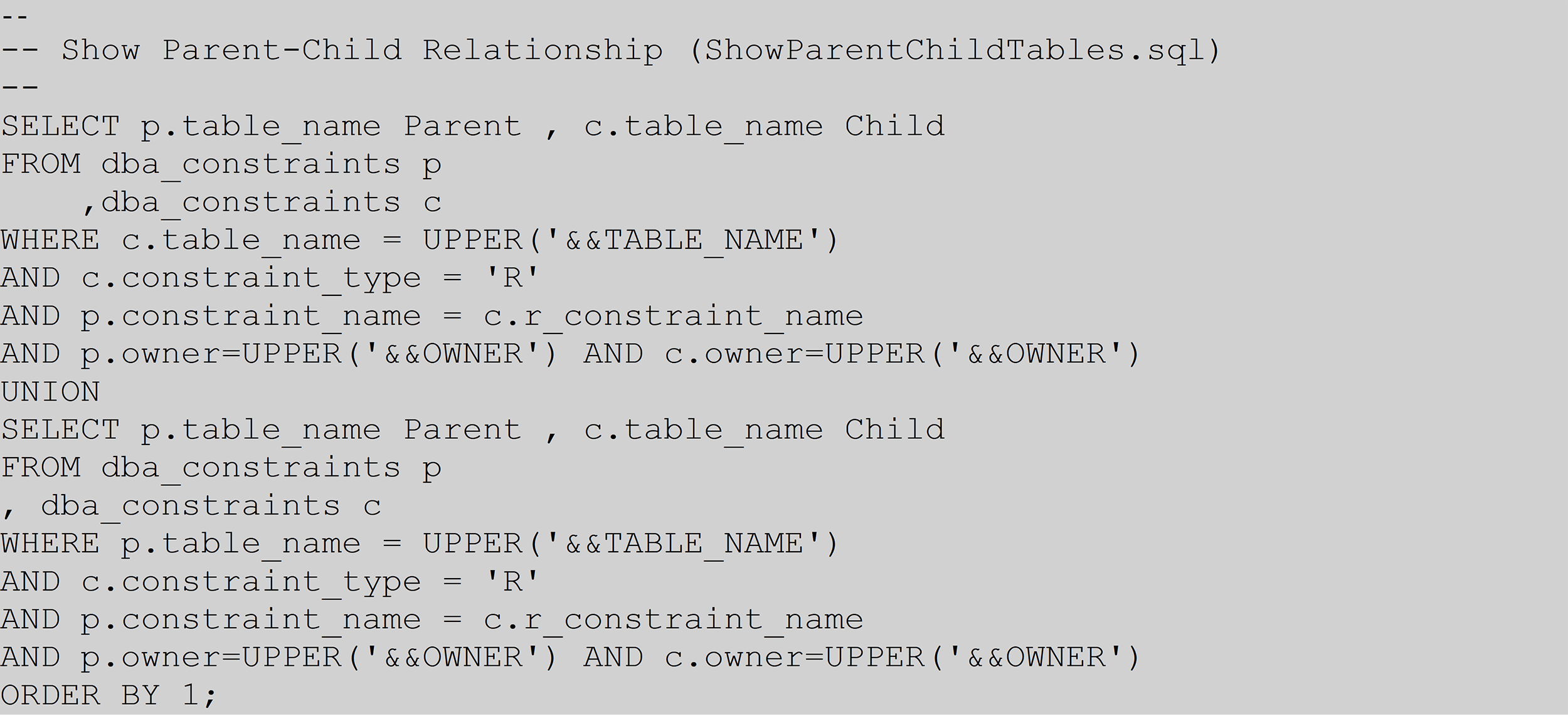Most Database Administrators are used to the occasional crisis—it comes with the job. The level of stress involved can vary greatly depending on the frequency of the issue, how well you remember the fix, and/or how quickly can you find a resolution using a Google search. Hopefully, this wasn’t too hard to find on Google.














